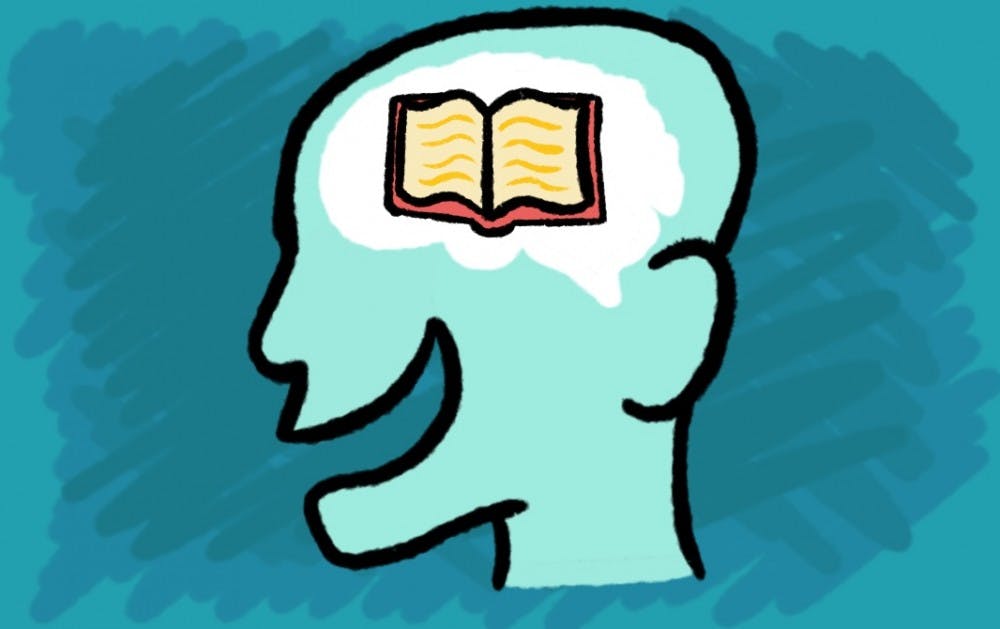It’s that time of year – the semester is starting to kick into gear, and exams are on the horizon.
On an average weekday, full-time university and college students spend an average of 3.5 hours engaged in educational activities, according to the U.S. Bureau of Labor Statistics. The ASU Memory and Attention Control Lab has some science-backed advice to help students ace their exams this semester.
Derek Ellis, a psychology graduate student, said that the MAC lab conducts research that examines the basic memory and attention processes that contribute to human behavior.
The lab studies the different types of memory such as prospective and working memory.
Prospective memory is the ability to remember to do something in the future while working memory is the short-term memory recall that is needed in order to comprehend more complex tasks.
The MAC lab collaborates with other labs within the department of psychology to run experimental, neuroimaging and individual difference studies on these different types of memory.
Samuel McClure, an associate psychology professor, is the director of the Decision Neuroscience Lab which works with the MAC lab.
“Our brain is a series of connections between neurons," McClure said. "Memories are changes to those connections. Certain connections represent certain kinds of information and the strengthening of that connection is the strengthening of that memory associated with that information.”
Brain cells communicate information using electrical impulses. The connections that the brain forms allow electrical impulses to be sent more efficiently, and the more habitual the use of that connection is, the stronger it becomes.
The connections between neurons that McClure is referring to are measured using a process called electroencephalography. EEG uses electrodes to measure the electrical activity in the brain and is part of a wider array of processes known as neuroimaging.
Ciera Arnett, a lab assistant in the EEG lab, said they focus on research involving data-based neuroscience and memory, whereas the MAC lab is more behavior based.
“We actually look at neuroimaging," Arnett said. "… It’s really special because you can’t fake things or accidentally get something right. Your physiology will reveal your failures and your successes.”
Arnett explained that when students use different study techniques, they are engaging different portions of their brain, which can possibly improve information recall.
By engaging multiple sections of one's brain, there are more connections being created between neurons and therefore more opportunities to help students remember pieces of information.
“Doing something habitually is the key," Arnett said. "You can’t only read it over in a textbook. Look up a YouTube video on it. Color coding and knowing the content well enough to where you can teach it to someone else or speak about it is a huge sign of if you know it. Do things from different perspectives.”
There are two separate processes students can use when studying, McClure said.
"There’s willfully forcing yourself to study despite the temptation, and that’s mediated by the pre-frontal cortex," McClure said. "The other form is the habits. You’re initiating that behavior without a goal in mind, but you act as if you do because you pursue that goal so often that it becomes a well-worn path that your brain can follow.”
Reach the reporter at nesherwo@asu.edu or follow @thecolesherwood on Twitter.
Like The State Press on Facebook and follow @statepress on Twitter.




